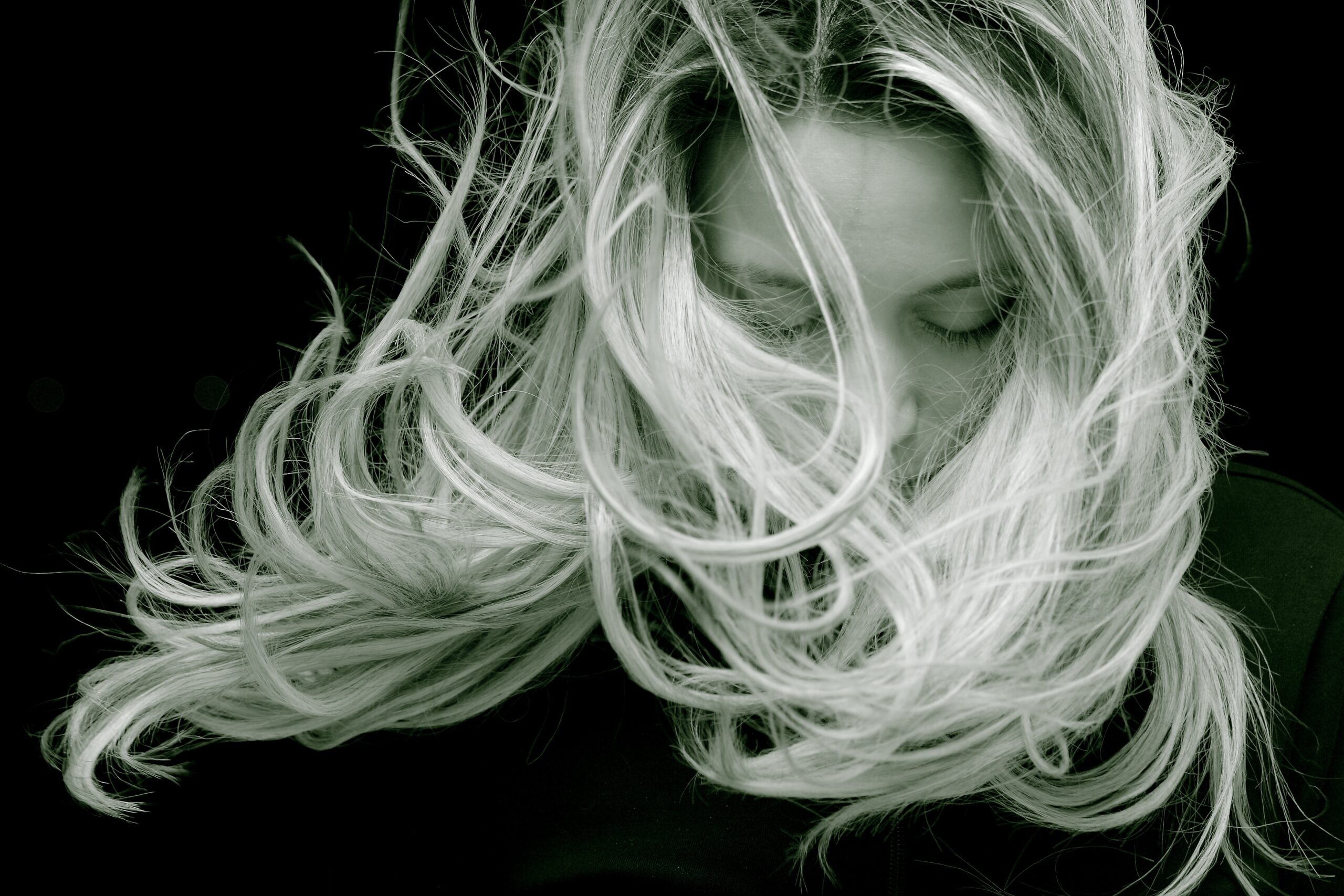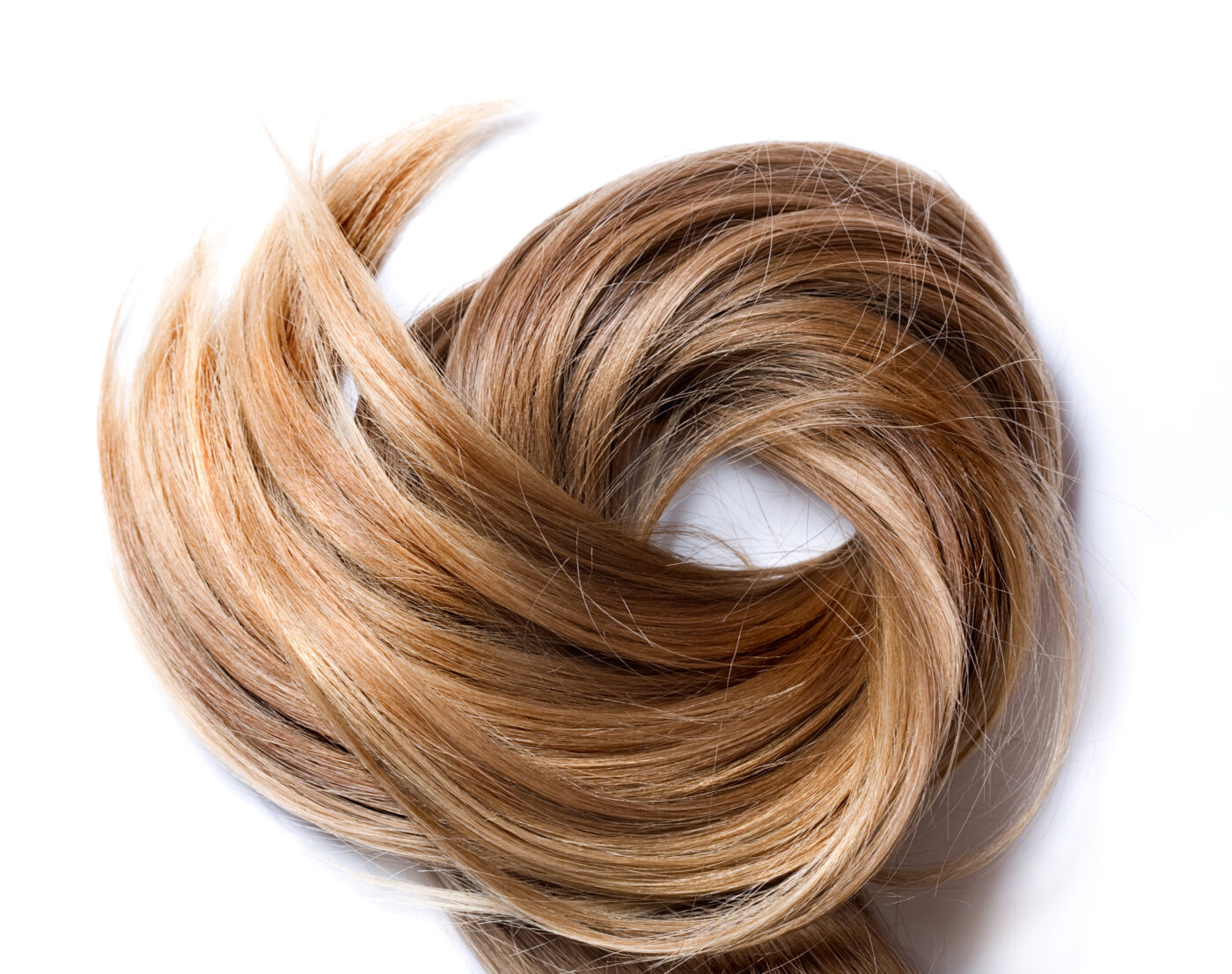It is important for both women and men to have healthy and great-looking hair, and the appearance of our hair can affect our mood and our confidence. Today, hair loss and baldness are one of the most common reasons people go to a dermatologist.
The hair is a complex organ consisting of an external part, the hair fibre, and an inner part under the skin, the hair follicle. Hair growth involves three phases: the growing phase, the transition phase and the resting phase when the hair no longer grows and falls out.
Hair follicle size changes in the hair growth cycle
The stem cells in the hair follicle are self-renewing and become more mature, but smaller. The division of these stem cells is responsible for hair growth and loss. Stem cell groups consist of two biochemically and functionally different groups. One group is responsible for the differentiation and growth of these different cell types to produce hair pigment. The other stem cells come into contact with the dermal papilla which activates the hair growth control mechanism and the formation of a new hair follicle.
Hair growth cycle
1. The anagen, or growth phase, usually lasts for 2–8 years, during which the multiplication of cell groups creates a base for the hair. Approximately 85–90% of all hair is in the growth phase at once. The length of this phase depends on the length of the hair, which in turn is affected by individual characteristics and age. Hair grows approximately 10 centimetres per year.
2. The catagen, or transition phase, lasts for 2–3 weeks when the hair follicles stop growing. The hair fibre production phase has ended, cell growth and pigmentation stop, the hair follicle separates from the dermal papilla, regresses, shrinks, and the hair enters the resting phase. 1–2% of the hair follicles are in this phase.
3. The telogen, or rest phase, usually lasts for 2–4 months. During this phase, fully keratinised hair is formed and separated from the hair follicle, usually when combing or washing. A person sheds an average of 50–150 hairs a day. Approximately 5–15% of all hair is in this phase at once, but if the percentage increases, the result is a massive loss of hair. At the end of the telogen phase, the hair follicle once again enters the growth phase. The dermal papilla and the base of the hair follicle reconnect, and new hair starts forming.
There are 5 million hair follicles on the human body
When born, the human body is covered by about 5 million hair follicles. No new hair follicles form after birth, but the size of the hair strand and the hair follicles changes over time. Any changes in the hair growth cycle may lead to hair loss, which may be caused by stress, genetic effects or androgen metabolism:
- change in the hair growth cycle, where the number of hairs in the anagen or growth phase decreases and more hair remains in the telogen phase.
- shortening of the anagen phase, which causes early termination of hair growth, and the hair becomes shorter and thinner.
- prolongation of the telogen phase
Some alopecia (hair loss) types are considered reversible as the hair cycle is disrupted, but the hair follicles remain and follow the hair cycle, even on a bald scalp. In terms of the ingredients used to prevent hair loss, it is important that they can maintain a long growth phase and a short telogen phase, and can improve the condition of the hair follicles, and their micro-environment, which ensures the balance between different hair growth cycles.


Which active ingredients help speed up hair growth?
What’s the secret to long and beautiful hair? The S+ Haircare line contains unique hair growth-boosting peptides and several plant extracts that help the hair follicle stay in the growth phase longer, and speed up hair growth.
Copper peptide (Copper Tripeptide-1) extends the growth phase and thus the life of the hair. Copper peptide keeps the hair in the growth phase longer, allowing the hair to grow before entering the transition phase where the hair growth stops. The copper peptide can stimulate the degradation of unhealthy excess collagen in the scar tissue and helps stimulate normal collagen production. By stimulating the enlargement of the hair follicle cells, they produce longer and thicker hair. Copper peptides increase the size of the hair follicles, but do not transform the hair follicles producing the small, almost invisible hairs on the body (which make up 98% of the body hair) into terminal hair follicles (2% of the body hair) producing thick and long hair. There is, therefore, no need to fear the intensive growth of body hair when using a shampoo containing copper peptide. Copper peptide is part of the ingredients of the S+ Haircare Longer Hair shampoo and serum.
Peptilash® Extend L, or Biotinoyl Tripeptide-1, is a three-amino acid peptide contained in collagen and enriched with biotin. It is used to strengthen the hair and provide the hair and scalp with nutrients. The peptide improves the size of the hair follicles and the retention of the hair. This peptide helps reduce hair loss and makes the hair longer, stronger and more luscious. The Peptilash peptide is part of the S+ Haircare Anti Hairloss and Anti Dandruff lines, and the Gentle Gentleman shampoo and conditioner for men.

The S+ Haircare Anti Hairloss shampoo and serum help combat hair loss, as the Baikal skullcap and wheat and soy germs in them, increase cell energy and activate the stem cells of the hair follicles while protecting them from ageing. The Anti Hairloss shampoo and serum stimulates hair growth, increases hair density, decreases hair loss, and restores the healthy and strong appearance of the hair.
Indian gooseberry, or amla, combats the ageing of the scalp before any signs of ageing appear. This prevents the shrinking and weakening of the hair follicles, balances the scalp and stimulates blood circulation. Hops extract also has an anti-hair loss effect and is recommended as an ingredient of hair growth-boosting products. The S+ Haircare Gentle Gentleman shampoo for men and the Anti Dandruff shampoo contains lots of hops and amla extract.

